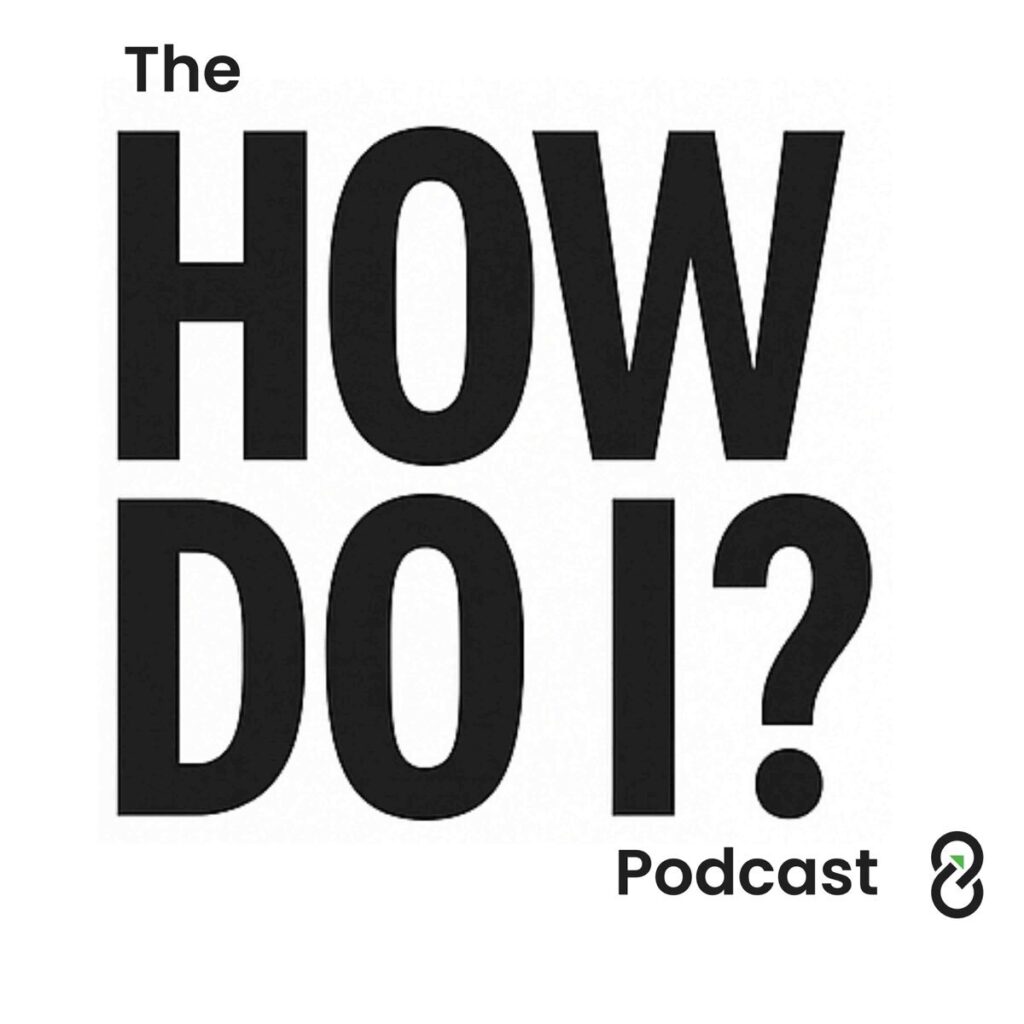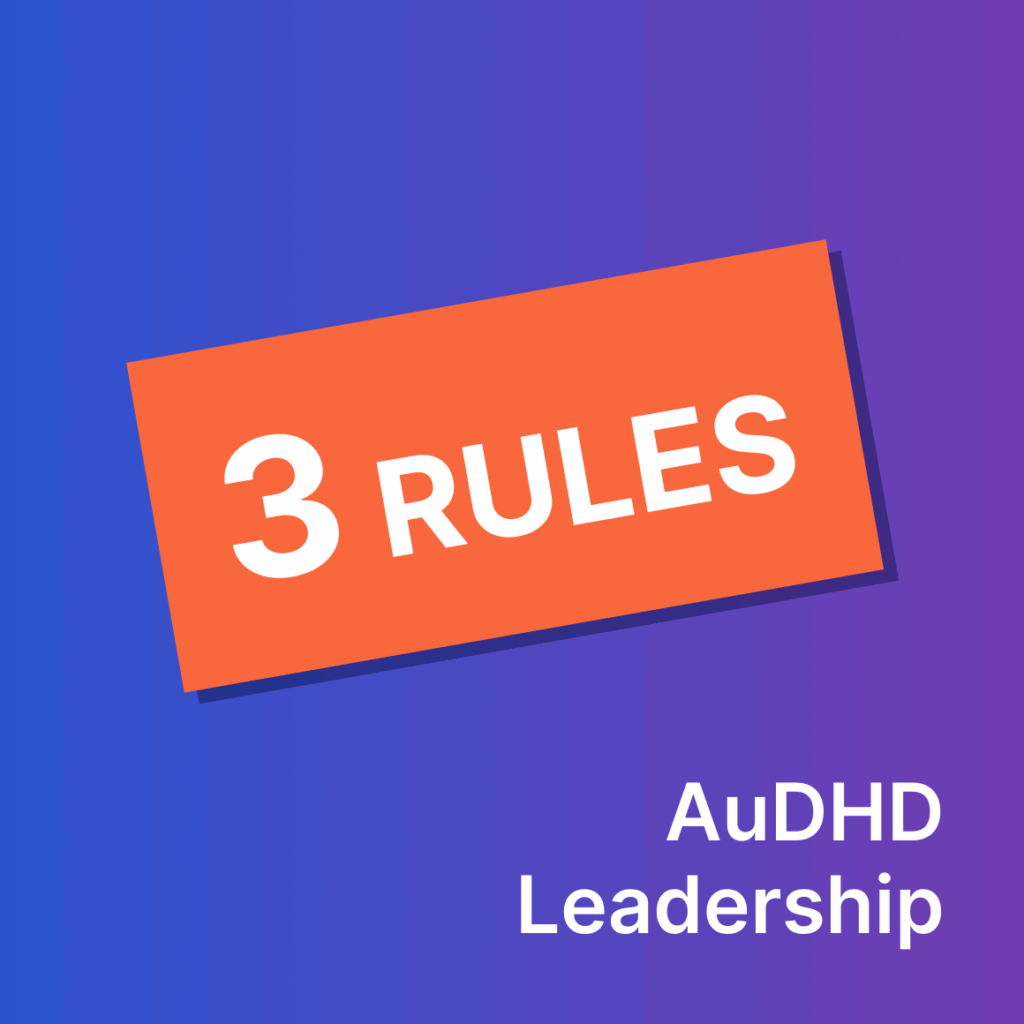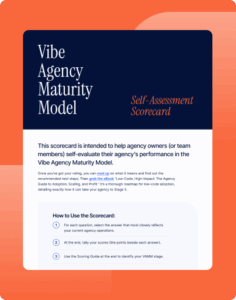High-performing teams succeed not just because of skills or processes, but because of how people communicate, collaborate, and show up every day.
I recently had a conversation on the How Do I podcast where we discussed how I adapted my agency’s culture to better support neurodiverse team members, and the lessons we learned have been transformative.
You can listen to the full episode here
A Personal Moment That Changed Everything
After my son received a neurodiverse diagnosis, I recognised patterns in my own work and leadership that I had never fully understood. That moment reshaped how I think about agency culture. I realised that building a successful culture is not just about hiring differently. It is about creating an environment where every team member has the conditions to perform at their best.
For agencies, freelancers, and in-house marketing teams, this is critical. When people are empowered to work in ways that suit their strengths, the team becomes more agile, more creative, and more reliable.
Understanding Neurodiversity in the Workplace
Neurodiversity is not about labels; it is about recognising that people process information, focus, and communicate in different ways.
Traditional workplaces often expect everyone to conform to a rigid standard, which creates pressure that leads to stress, burnout, and lower performance.
Designing a culture that works for neurodiverse team members benefits everyone. Clear communication, flexible processes, and supportive environments allow every team member to contribute their best work.
The Business Case for Inclusive Culture
Inclusive culture is not just a HR initiative, it is a business strategy.
When I adapted our culture to better support neurodiverse team members, we saw higher engagement, lower turnover, stronger collaboration, and more innovative ideas.
For agencies and marketing teams, these benefits translate directly into better client outcomes, smoother project delivery, and a team that can scale without friction.
Five Steps That Transformed How We Work
Here are five steps that made a real difference in my agency and I encourage other teams to adopt immediately:
-
Share Clear Information Early:
Everyone thrives when expectations are clear. I make sure responsibilities, deadlines, and potential challenges are shared upfront. -
Offer Flexible Work Environments:
Not everyone works best on a strict nine-to-five schedule or in an open office. Remote work or quiet spaces make a huge difference. -
Standardise Communication
Clear tools and processes ensure everyone knows where to find information and how to collaborate efficiently. -
Document Processes
Templates, checklists, and role clarity reduce ambiguity and keep everyone aligned. -
Encourage Authenticity
People perform best when they do not have to mask who they are. Open conversations about challenges build trust and performance.
These steps are not only for neurodiverse team members. They create clarity and efficiency for everyone, which is especially important for agencies juggling multiple clients and projects.
Common Mistakes I See Leaders Make
When building inclusive culture, I often see leaders repeat the same mistakes: calling someone “high-functioning” without recognising real challenges, focusing only on strengths while ignoring struggles, applying one-size-fits-all approaches, or assuming these changes only benefit a few team members.
Inclusive culture improves performance for the entire team. Teams that adopt these principles see faster execution, better collaboration, and stronger client outcomes. In their Inclusive Leadership in 2025 survey, DHR Global found that 63% of executive leaders reported that inclusive culture improvements directly contributed to faster decision-making and stronger team alignment. Similarly, a Paradigm report from August 2025 found that organisations prioritising inclusive culture achieved 56% higher job-performance scores compared with those that did not.
How to Start Today
Building a culture that truly works does not require a full overhaul.
Start small and iterate, bringing inclusivity into every step, from recruitment to team decision-making.
Involve your team in shaping the culture, measure more than output and revenue, and track engagement and psychological safety to ensure everyone can perform at their best.
Pay attention to both physical and digital workspaces to create environments that support focus and collaboration.
Begin with one meaningful improvement, learn from it, and expand gradually, building momentum over time.
Why Agencies and Marketing Teams Should Care
Agencies, freelancers, and in-house marketing teams are constantly chasing growth, efficiency, and client satisfaction. A culture that supports neurodiversity makes your team more resilient, more innovative, and better equipped to deliver results under pressure.
When you design your team to work for the edges, you make it work for everyone.





